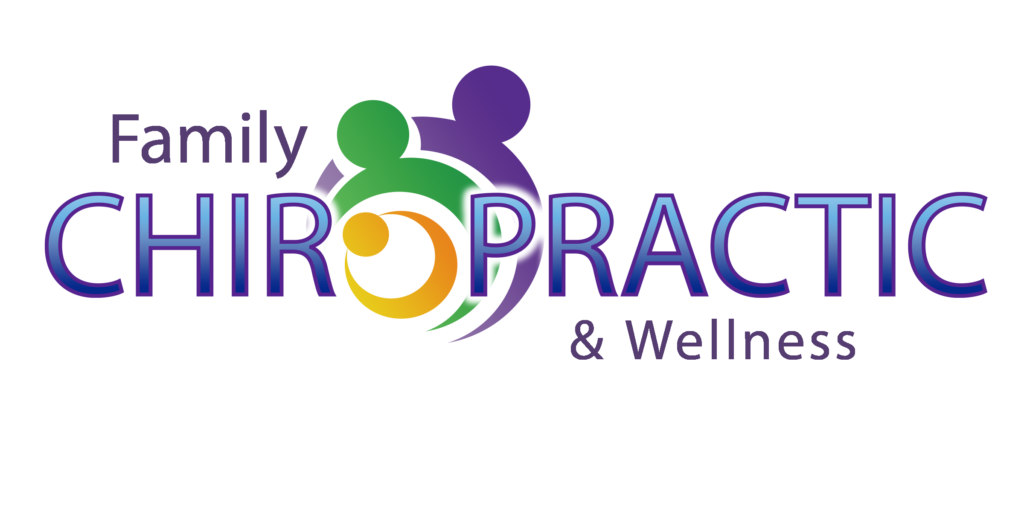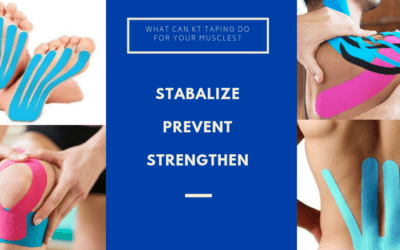The number of people with desk jobs has increased significantly over the last 10-15 years. In addition, the amount of time spent at a computer or desk at home or at work similarly risen dramatically. As such, there has been a plethera of posture related conditions that are much more common. With a quick look at the common posture of desk or computer workers can give a good idea of where these problems are coming from. Posture.
The common conditions that arise from this posture include headaches, arm and hand pain, neck pain, possible anxiety, and even panic attacks (usually involving more than posture). Breathing patterns and biomechanics are altered and organ function can actually be lowered due to this posture. There are other effects as well. The muscles of the back can become stretched and weakened. Chest muscles become short and tightened (don’t mistake this for becoming stronger). All in all, one may begin to change their appearance due to the sustained posture they hold while seated at a desk or computer.
It is common for anyone who spends any significant amount of time at a computer to begin to slouch or lean forward. The common position is where the chin begins to jut out and the shoulders roll forward while the upper back begins to round. I like to call this the “Melted Position” and it is commonly seen among high school students.
To begin to correct any problem created by poor or incorrect posture the cause must be properly evaluated. Chiropractic care is optimal for this. Full evaluation of the spine and seated and standing posture are examined. Chiropractic adjustments allow the spine to improve its range of motion and quality of motion. It also stimulated the nervous system to decrease pain and improve muscle function by optimizing innervation. Home care should also be provided to help overcome poor habits and allow the body to heal and correct itself.
Some simple advice can help one to avoid poor desk posture. This advice is intended to help one evaluate their need for further assistance or needed improvement and is not intended to diagnose or treat any condition. First, pay attention to chin position. If it is kept tucked in and not allowed to jut out that is a positive. Second, be aware of the shoulder blades. They should be tucked together gently in back without any assistance from the chest or shoulder muscles. These steps, when done properly and following the advice of a healthcare professional can be instrumental at avoiding pain and problems and allow for a healthy posture and body function.
Call to schedule an initial examination at our Draper, Utah office.
801-810-4144



